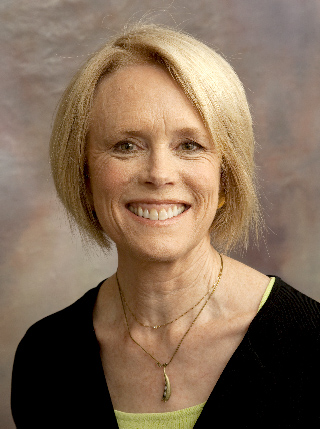So Many Books, by Meg Schmidt
Guest writer and blogger, Meg Schmidt, weighs in again today on her experience owning an independent bookstore. Welcome back, Meg!
Buying a bookstore was an impulsive and imprudent decision. But how could I turn away from the possibility of owning that little shop on the corner, cozy, welcoming, filled with appealing books? A place where people gathered. A jewel in the community’s crown.
There were no arguments compelling enough to dissuade me from such a romantic notion: Would a bookstore be profitable? Of course! It would just take initiative and hard work. Could I manage a small business with a young family at home? Sure, with a little juggling. Did I know anything about bookselling? About retail? Well, no, but I could learn…
After some hurried negotiations, a flurry of paper work, and an inventory check, the Corner Book Store was all mine. And my detractors were right: I didn’t have the slightest notion what to do.
Charlotte, from whom I bought the bookstore, tried to reassure me. “Oh, it’s simple, really,” she said. “You buy books and you sell books. Hopefully you sell most of what you buy. That’s all there is to it.” This sounded too easy. “Okay, but how do I know what to buy?” I asked. “How orders are placed? How inventory is tracked? How sales are recorded?”“Oh, I’ll explain all of that,” Charlotte said cheerfully. “Let me show you the inventory system.” She pulled out long tattered cardboard boxes filled with 3×5 index cards.
Within a few days Charlotte was gone, leaving behind her index cards, too many unanswered questions, and a terrified new owner who realized she was in very deep water.
Those first few weeks were filled with missteps and inefficiency. Where was the copy of Hamlet that someone wanted? How do I order a book on Roman aqueducts? Where is the card for The Joy of Cooking? Backlist, frontlist, fall list, spring list, remainders, returns, ISBNs, IS, OS, BO, TBO, PO, it was an entangled mess.

The biggest challenge of all: What books, and how many, should we have in stock?“Your order indicates you want a standing display, twenty-four copies of Anne Tyler’s new book,” Bob Brown, the rep from Random House remarked as he looked over my order. “That’s being very optimistic.”“Anne Tyler is terrific,” I reminded him. “My favorite author! Don’t you think I could sell twenty-four copies?”“Well, no, I don’t. Not Anne Tyler. Maybe Danielle Steele or Stephen King. You like Anne Tyler, but are twenty-four of your customers going to buy her book?”
Apparently not.
Somewhere along the way, the bookselling jargon made sense, and I learned what to order and what people were likely to buy. (Although there were frequent surprises.) We computerized the inventory and threw away those index cards. When it became necessary, we diversified, adding more greeting cards and gift items. Eventually we relocated and after that expanded our floor space.
Bookselling was, as I had envisioned, a remarkable experience. Our employees were committed and hardworking and became lifelong friends. The distributors and publishers with whom we worked were unfailingly helpful. We enjoyed the support of the town in which we were located, as well as nearby communities, and we worked together on numerous programs and events, many of them for children. We spent every day with people who loved to read, faithful customers who stayed with us when they could have bought books less expensively elsewhere.
Still, after fifteen years we went out of business. The giants had multiplied: large and alluring bookstores offering an impressive variety of books, deep discounts, and cozy cafés. Then along came an Internet company calling itself Amazon. When it became clear no one was interested in buying my little bookstore, I liquidated and closed the doors.
I was ready to retire; as fulfilling as bookselling was, it was also hard work, long hours, and endless challenges. Buying a bookstore may have been an impulsive and imprudent, decision, but it was the best worst decision I ever made.
